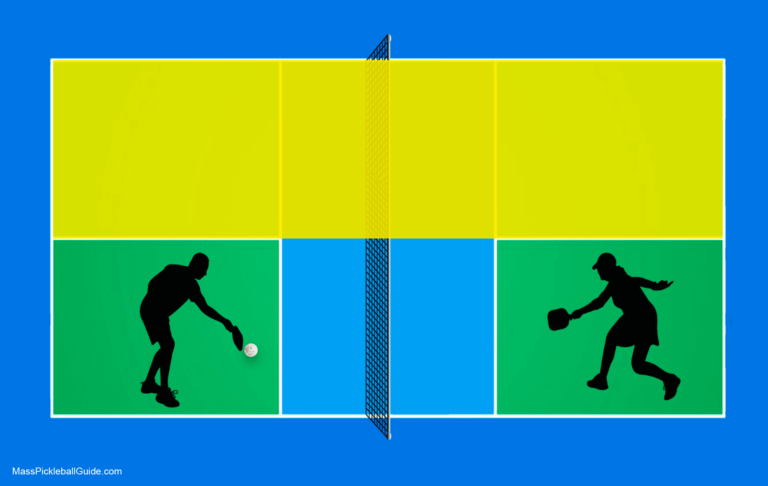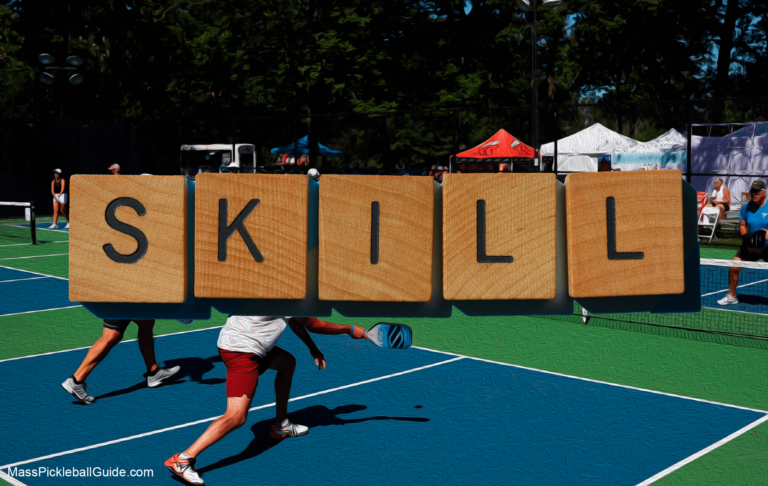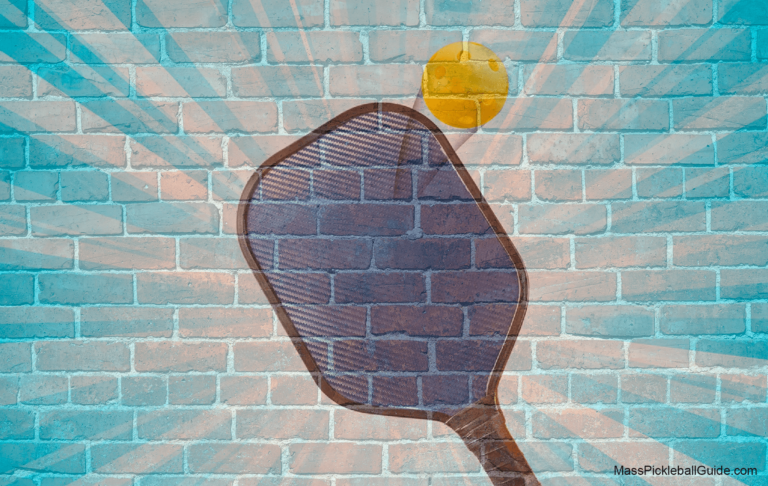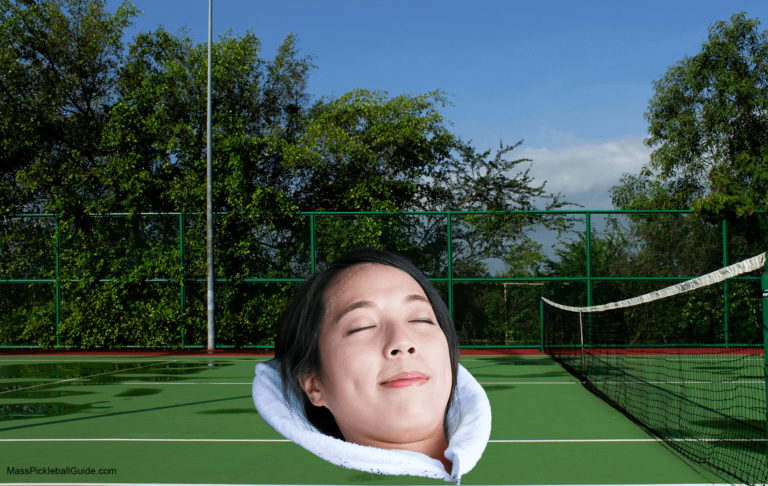Pickleball Doubles: Mastering Communication & Stacking
get stacked
In the dynamic world of pickleball doubles, mastering the nuances of positioning can drastically elevate your gameplay. One such strategic maneuver, stacking, has taken the pickleball community by storm, offering teams a tactical edge on the court. Dive deep into the intricacies of this technique, understand the traditional “ad” and “deuce” court placements, and discover how effective communication combined with stacking can be your game-changer.
Mastering doubles in pickleball requires not just skill, but also effective communication and strategic positioning on the court. One tactic that seasoned players often employ to maximize their advantage is ‘stacking’.
What’s Stacking in Pickleball?
At its core, stacking is a strategy where both team members initiate a point from the same side during a serve or return. After the ball is played, they shift to their traditional or preferred positions. This approach offers:
- Enhanced court control.
- An avenue to highlight player strengths.
- A way to mask player vulnerabilities.
For those just starting out in pickleball and keen on understanding the game’s intricacies, including scoring, check out this Beginner’s Guide to Pickleball Scoring.
Benefits of Stacking in Pickleball
Stacking, while initially seeming counterintuitive to pickleball newcomers, is a strategic approach embraced by more seasoned players. But you should know what it is…the reasons for its popularity become evident when considering its manifold benefits:
- Emphasize Strengths: By positioning a player in a specific spot, you can ensure their strongest shots, like powerful forehands or precise volleys, are utilized most often.
- Mask Weaknesses: If one player has a weaker backhand or struggles with certain shots, stacking can help to minimize their exposure to those vulnerabilities.
- Increased Court Coverage: When done correctly, stacking can provide better court coverage. Players can quickly transition and cover more ground, reducing gaps that opponents might exploit.
- Surprise Element: Opponents accustomed to traditional placements might find it harder to predict shots and strategies when a team stacks, offering the stacking team an element of unpredictability.
- Tailored Strategies: Stacking allows for dynamic strategies based on the opponents. If an opposing player has a known weakness, stacking can be employed to target that weakness repeatedly.
- Adaptability: The stacking strategy is adaptable. Teams can decide when to use it based on the game’s flow, ensuring it’s not just a fixed strategy but one that can be wielded as the situation demands.
Incorporating stacking into your gameplay not only provides these tactical advantages but also introduces a new dimension to the game, ensuring it remains challenging and engaging.
New to the game? Get ahead with these essential Pickleball Beginner Tips.
Mastering the Art of Stacking
To understand stacking in pickleball, it’s essential to first familiarize oneself with the game’s traditional positioning. In typical doubles play, players on each team have designated spots on the court: the “ad” (advantage) side and the “deuce” side.
Here’s a simpler breakdown:
- Deuce Side: When facing the net, this is the right side of the court. The term “deuce” here is borrowed from tennis terminology, but in the context of pickleball, it’s primarily used to denote this specific position on the court.
- Ad (Advantage) Side: This refers to the left side when facing the net. Again, while the term “advantage” has a specific scoring implication in tennis, in pickleball, it’s used to define this position.
When discussing stacking, we refer to a strategy wherein players might initiate a point from the same side (either both on the deuce or both on the ad side) and then shift to their traditional or strategic positions after the serve or return.
Traditional Positioning
- Serving Team: Players alternate sides with every scored point.
- Returning Team: Players remain steadfast in their starting positions.
Stacking During Serve
The serving phase sees both players initiate from a single side, with one subsequently moving to the vacated side post-serve.
Stacking During Return
Initiating together, the player returning the serve transitions to the opposite side after playing the ball.
Keeping track of scores, especially whether they are even or odd, plays a pivotal role in determining returns. Dive deeper into effective practice methods with this guide on Solo Pickleball Practice.
Stacking: Best Practices & Considerations
- Order & Organization: It’s pivotal to ensure players are on the correct side and assume the right roles of serving or returning.
- Mobility Matters: Since stacking on returns entails more movement, if a player isn’t as fleet-footed, it might be wise to adapt the stacking method.
- Opt for ¾ Stacking: A middle ground where teams stack during serves and occasionally during returns, ensuring less agile players aren’t unduly taxed.
Remember, the right equipment can also impact your game. Make sure you’re wearing the right shoes with this guide on Pickleball Shoe Choices.
To conclude, stacking in pickleball doubles is a strategic move to accentuate strengths and mitigate weaknesses. By understanding your team’s capabilities and the opponents’ strengths and vulnerabilities, and by complementing your strategies with adequate practice and the right gear, you can significantly up your winning chances.







